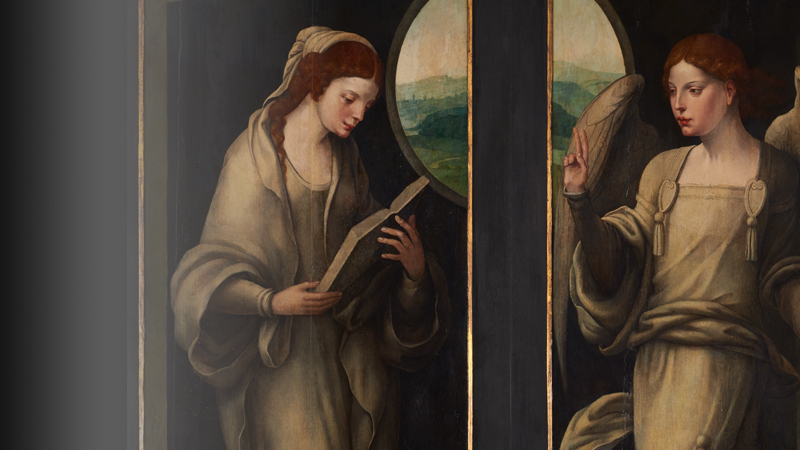The introduction of sugar cane farming into the archipelago of Madeira towards the end of the first half of the fifteenth century, coupled with the subsequent large-scale development of its production, meant that sugar could be exported, at first through Lisbon and then directly, to the ports of Flanders. In this way, the consumption of the “white gold” spread across the whole of Europe, altering people’s eating habits and leading to a change in some medicinal practices. These exports were matched by a parallel growth in the imports to Madeira of artistic goods intended both to satisfy the devotional needs and to define the social status of the new population groups that developed around the cane fields as a result of the sugar-based economy.
This exhibition traces a narrative that begins with the awe that the first navigators felt when they discovered the new territory and continues with an evocation of the efforts made to populate the archipelago and to implant the much-needed economic and administrative structures. It introduces us to the newly-formed local elites that cemented their status by commissioning works of art – paintings, sculptures and silverware – from Flanders, the Portuguese mainland, and even from the Orient. Displayed in the last room are the most important masterpieces that were commissioned, offering visitors a sparkling synthesis of the great wealth of the Madeiran artistic heritage of the fifteenth and sixteenth centuries, resulting from the cultural splendour made possible by the economic cycle of the “white gold”. Marking the start of the Commemorations of the 600 Years of The Discovery of Madeira and Porto Santo, this cultural embassy of the archipelago in Lisbon is composed of 86 works of art.
PROJECT
Museu Nacional de Arte Antiga
CURATORS
Fernando António Baptista Pereira
Francisco Clode de Sousa
EXHIBITION TICKETS

